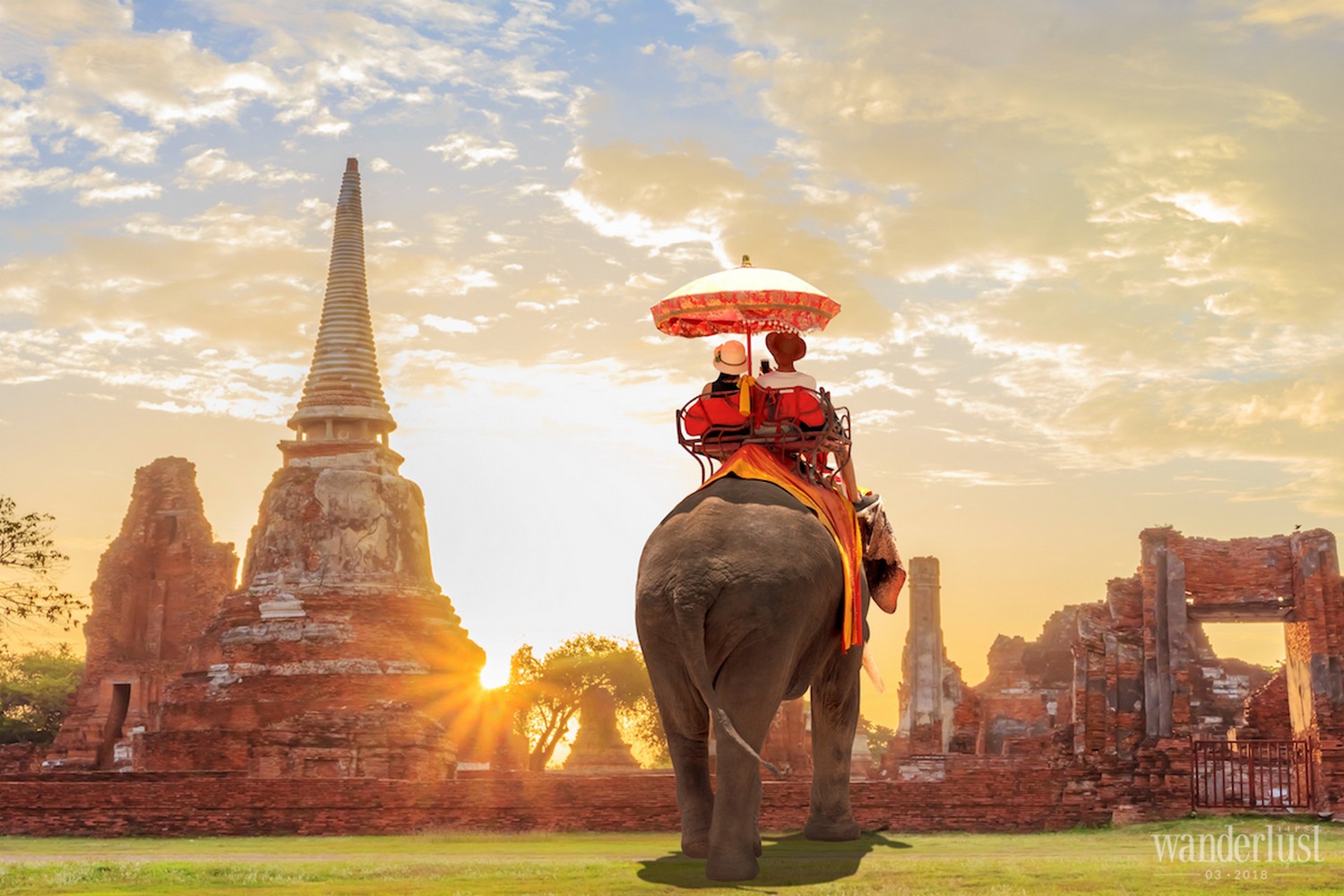[Wanderlust Tips March 2018] It is very important to balance between tourism development and nature conservation. We must raise awareness of visitors, promote sustainable tourism, as well as understand our own responsibilities and the importance of the environment for wild animals. Wanderlust Tips has highlighted 3 wildlife tourism attractions that visitors should think twice before doing.
[rpi]
We must always remember that wild animals should always be in the wild and not made to do our bidding. It is our responsibility to protect wild animals and the environment even during our journeys.
RIDING ELEPHANTS

Riding elephants, as harmless as it may seem, may probably be the most harmful act you can do to an elephant. Elephants are not meant for riding, so in order to crush an elephant’s spirit, they are tortured until they forget their instinct. This process is referred to as “Phajaan”. Baby elephants are taken away from their mothers, confining them in small spaces with limited ability to move and then beaten into submission. They are also pierced with sharp hooks as well as starved and deprived of sleep for days on end.
The elephant’s plight does not end there. Once its spirit is crushed, it spends its days giving rides to tourist while being prodded with hooks by its handlers as a way to control it. Keeping in mind that elephants have an excellent memory, capable of remembering what happened to them for years, means that this agony is embedded in its memory for a lifetime. Elephant rides are very common in Southeast Asia and particularly in Thailand where captive Asian elephants are trained to carry tourists.
W. TIPS:
Instead of riding elephants, encounter them in the wild on a safari. There, you can witness these gentle giant’s true nature in their habitat. You can find Asian elephants in small elephant sanctuaries in Southeast Asia and African elephants in many parks in Africa. Keep in mind that wild elephants are not meant to be touched either, so keep a proper distance from them and take along a good camera, if you’d like a nice picture.
WATCH DOLPHIN SHOWS

Watching dolphins performing tricks and getting up close and personal with them may be a dream come true for many, but it isn’t for the dolphin. This beautiful large sea creature is not meant to be caged in a tank. Wild dolphins swim up to 100 miles a day, a great distance that cannot be recreated within a small tank. The constant shows and training that these intelligent creatures undergo as well as the stress of living in a small tank have shortened captive dolphin’s life span by half. Remember also that dolphins are social animals with complicated social structure. Reducing them to living in a tank prevents them from communicating and socializing with one another, missing out on important connections that they would have made in the wild.
W. TIPS:
Dolphins are extremely friendly, so chances of encountering them in the wild are high. Instead of paying to watch dolphins perform tricks, invest on a dolphin-watching tour where boats will take you out to the sea in search of dolphins and allow you the chance to watch them swimming with joyfulness in their habitat. If you’re lucky, they might even interact with you!
TAKING TIGER SELFIES

There is no doubt about the attractiveness of a tiger. The beautiful stripes on its back and mesmerizing eyes coupled with its somewhat mysterious presence have long made it a tourist attraction all over the world. So valuable is a tiger that many so-called tiger sanctuaries have popped up where tigers are bred for the purpose of commercial tourism and will never see the wild in their lifetime.
Tigers in tiger sanctuaries are usually sedated to allow tourists to come up close to take a picture with them. For an extra fee, you are even allowed to sit or lie on the tigers while they are chained so close to the ground that they have difficulty standing up. To ensure the safety of tourists, it has been revealed that some operators remove the tiger’s claws and teeth.
W. TIPS:
Instead of visiting questionable tiger sanctuaries, opt to go to reserves and National parks. The Kanha National Park in India is an example of a park that you can visit to potentially get a close encounter with tigers. As tigers are solitary and elusive animals, your trip to the park may not garner you an audience with a tiger, but you may still be able to witness great wildlife.
Wanderlust Tips

